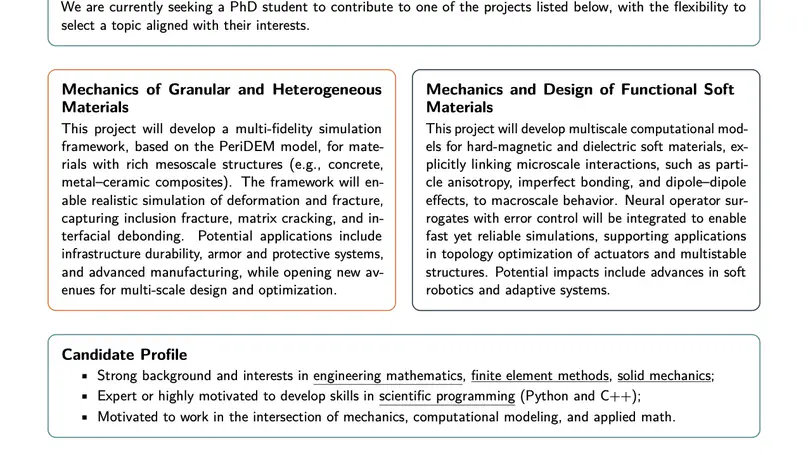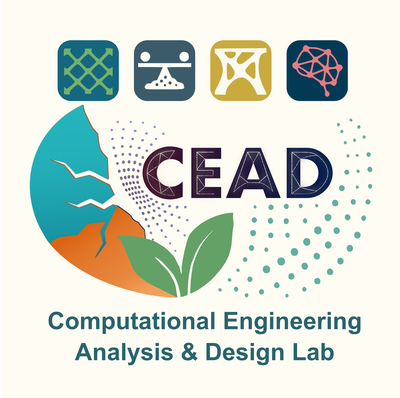
Focus areas
Fracture Mechanics: Fracture and fatigue in complex materials, e.g., soft composites, functional materials
Granular Media Mechanics: High and multi-fidelity mechanics simulation of particles under significant loading
Neural Networks/Operators for Scientific Computing: Application of neural operators as surrogate of PDE-based problems and error estimation and control of neural operator surrogates
Analysis and Design of Smart Materials: Microstructure-property relation and design of novel materials such as magnetically and electrically active soft materials
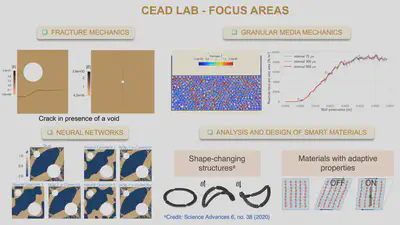
We are actively seeking enthusiastic undergraduate and graduate students interested in computational mechanics and applying advanced numerical and machine learning-based methods to problems in fracture mechanics, functional soft materials, and granular materials.
Latest Preprints
Latest News
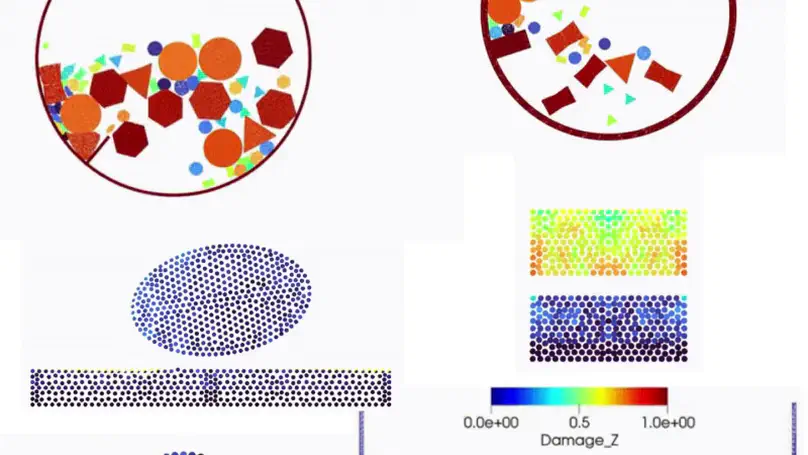
A huge thank you to the National Science Foundation (NSF) for the ERI award (link)! The awarded amount is $200k over two years.
This project will focus on developing an Adaptive Multi-Fidelity Framework for Modeling Heterogeneous Materials Under Extreme Conditions. We will be pushing the boundaries of how we simulate granular media like sand and rocks under intense stress. The attached video shows a glimpse of our work with the PeriDEM model!
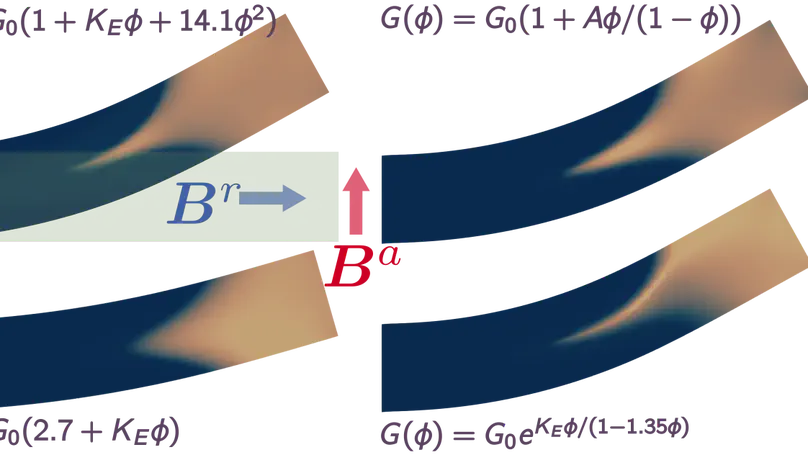
Thrilled to share some exciting news! Our lab at the South Dakota School of Mines and Technology has been awarded two new grants to pursue cutting-edge research in computational materials science. The first one is from NSF; see NSF award news.
